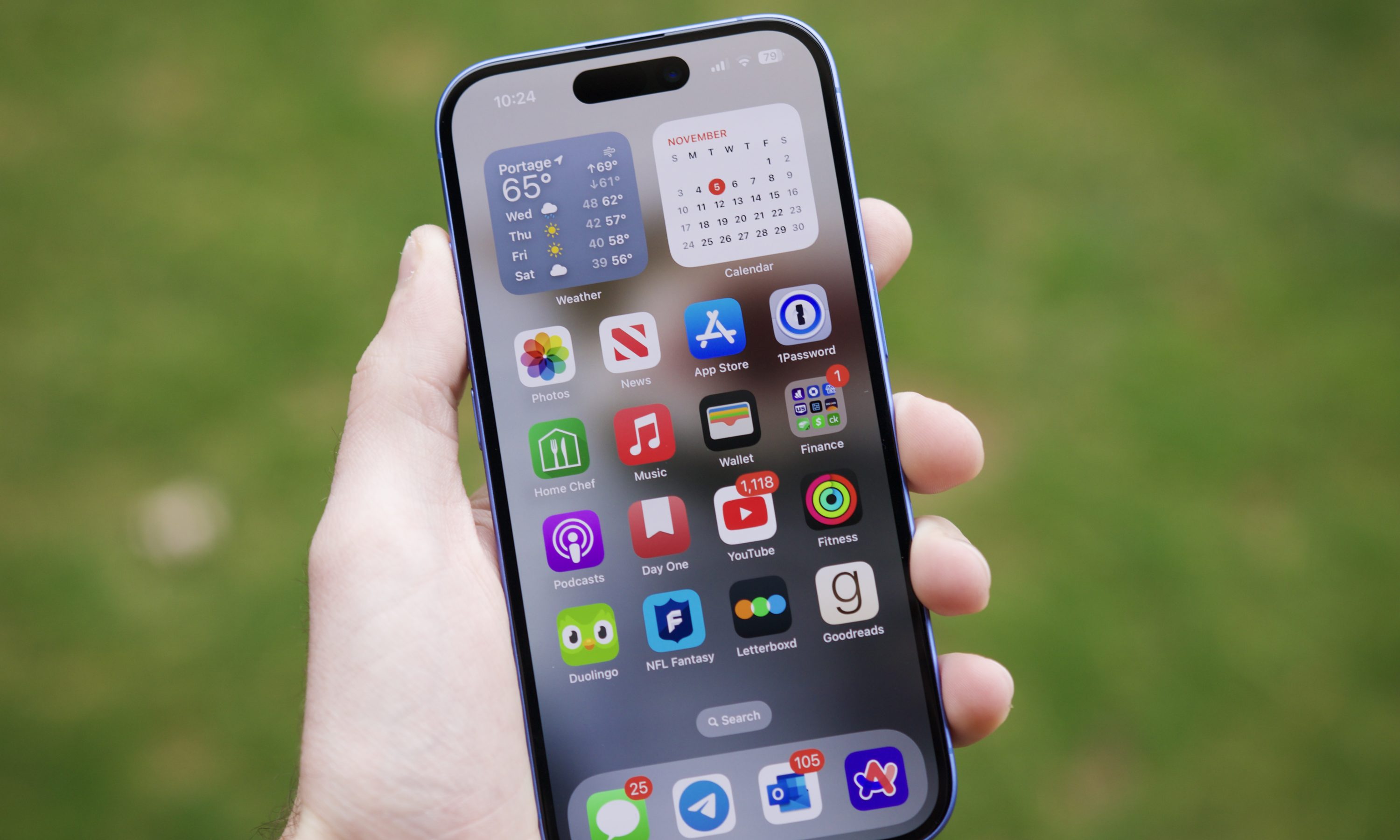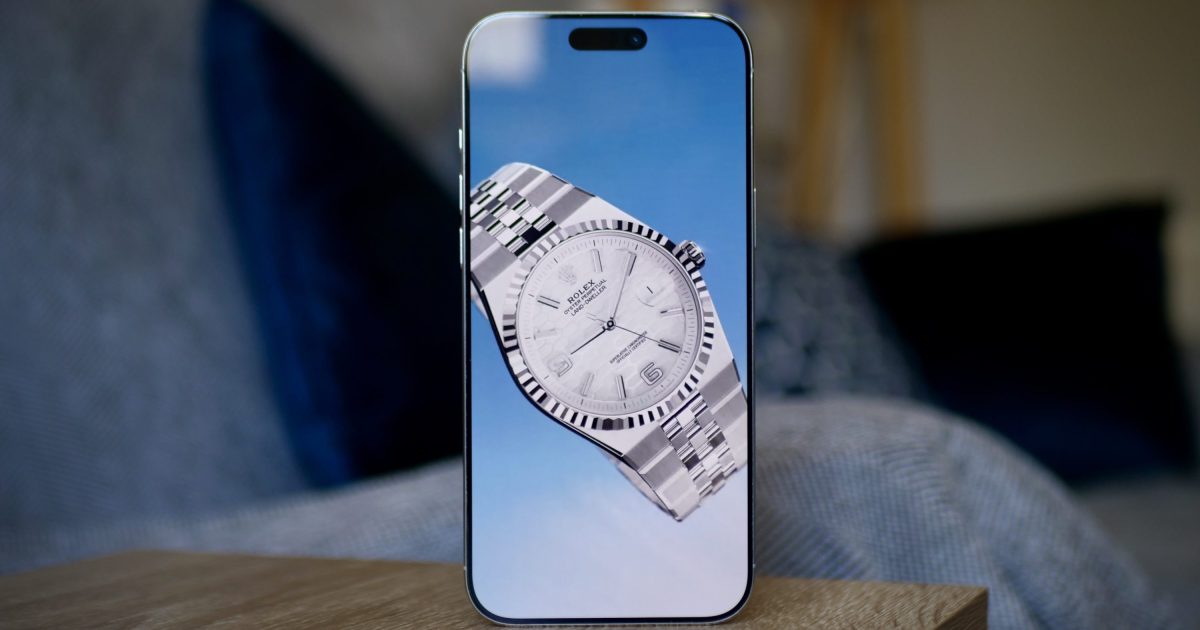Ever since President Donald Trump announced sweeping new tariffs, the tech industry has been scrambling to deal with the aftermath and the unpredictable route ahead. Nintendo has already delayed the pre-sale of its new Switch 2 console. Jaguar Land Rover has also put a temporary pause on the US shipments.
Apple is no different. On the contrary, it could be one of the worst hit. That’s predominantly because the lion’s share of the company’s hardware production is rooted in China, which has seen tariffs climb all the way up to 54% after the recent moves. China has also levied reciprocal tariffs worth 34% on all imports from the United States.
The situation elsewhere isn’t favorable for Apple, either. The Asian countries where the company diversified its supply chain in recent years have also incurred a hefty tariff penalty. Vietnam (46%), Thailand (37%), Indonesia (32%), India (26%), and Malaysia (24%) have been hit hard, too.
What’s the worst price hike scenario?
So, just how much are the tariffs going to eat into Apple’s profit margins, disrupt the supply chain, and most importantly, affect the sticker price of iPhones and Macs? That remains uncertain, though the speculations have been truly wild.
A few days ago, the folks over at Rosenblatt Securities mentioned that the price of iPhones could go up by 43%, while Counterpoint Research projects a 30% hike. Applying those estimates, the price of an iPhone 16 Pro Max could theoretically climb up to $2,300 in the US.
Generation over generation price hike for any product is usually a key target point, especially when the upgrades are not particularly meaningful and merely iterative in nature. Apple knows that all too well, and that also explains why Apple hasn’t made any significant price jumps across its portfolio in recent years.
The rumored post-tariff market price numbers, however, are not straightforward, nor are they written in stone. Moreover, some of the numbers floating around are rather ambitious and lack the nuances of how a deeply connected international supply chain of parts works, alongside other factors such as labor availability and regional incentives.

That, however, doesn’t mean iPhones will stand out as the worst-hit astronomically-priced devices in the post-tariff era. We already live in an era where foldable phones cost nearly $2,000, twice that of an Apple flagship or a MacBook Air.
In a nutshell, a 30-40% price rise — though substantial — will not be entirely unprecedented. For US customers, the hit will be felt on a more gentle scale since a large chunk of the buyers rely on monthly plans, which means the increased cost will be distributed across multiple installments, making it a tad palatable.
Just go local?
What’s the most surefire way to avoid the hit for Apple? Move it all to the US soil, one might argue. That’s easier said than done. “That will never happen without massive subsidies and cheaper and skilled labor. There is zero cost advantage in manufacturing in the US,” Neil Shah, VP of Research Neil Shah, said in a statement shared with Digital Trends.
So, what if Apple sticks with its international supply chain and diversified overseas production plans in the wake of tariffs? Well, brace for more expensive Apple gear. Just how much? To be fair, the numbers are wildly unpredictable.
Responding to a report that predicted locally assembled iPhones costing as much as $3,500, Mark Gurman, Managing Editor for Global Consumer Tech at Bloomberg, labeled them “absurd, irresponsible, clickbait.”
In the latest edition of his PowerOn newsletter, Gurman mentions that the chances of Apple shifting over the production activities from its tariff-battered Asian hubs to the US soil are minimal. And even if Apple proceeds with it, getting them in operational shape — and at Apple’s desired scale — is an exercise that could last up to half a decade.
That’s the scenario where iPhone prices could go up substantially. “The move would potentially double the cost of Apple devices, a catastrophic development for the company and consumers,” says the report. Again, that’s a long-shot plan whose impact will be felt a few years into the future, and not immediately.
“Moving manufacturing stateside isn’t happening overnight (or ever) without massive government subsidies and round-the-clock availability of skilled labor, and even then, prices will soar because of a lack of cost arbitrage,” CounterPoint Research said in a statement shared with Digital Trends.
What’s the outlook?

There is little doubt that Apple is going to feel the financial pinch, and so will an average iPhone buyer. The company shifted a portion of its production away from China, and into countries like India and Vietnam, to avoid tariffs as relations between China and the US have kept souring over the years.
Is there a chance that Apple can somehow insulate itself from exorbitant price hikes for mass-market hits like the iPhone? There are, but they don’t offer a full reprieve, nor are they certain. Apple could secure some sort of deal with the local governments, or squeeze the supply partners to adjust the pricing strategy for components.
Apple certainly commands a bargaining power that only a few global corporations can claim, from semiconductor fabrication to camera lenses, so it seems plausible that the company could use it as a bargaining chip. Another possibility is that the company could slightly trim its own profit margins and mellow down the potential price hike.
At best, wait a few months. Or, wait for the iPhone 17 series.
All of these could lead to a cumulative positive effect, or just one or two of those possibilities might materialize. Ultimately, the final price of iPhones would depend on just how many factors Apple can turn to its favor.
Apple reportedly stocked up its US inventory in anticipation of the tariffs, so a price hike for current generation iPhones doesn’t seem imminent. But once again, that doesn’t mean Apple will wait until the next-generation hardware to raise the sticker prices. That approach itself comes with its usual set of risks.
“The main drawback there is that the company risks making the price hikes the news — rather than its hardware upgrades,” reports Bloomberg. Simply put, Apple would try its best to minimize the impact. Just how much? Well, that would take months for the company to lock in, before customers see it unfold on the retail shelf.
Read the full article here













